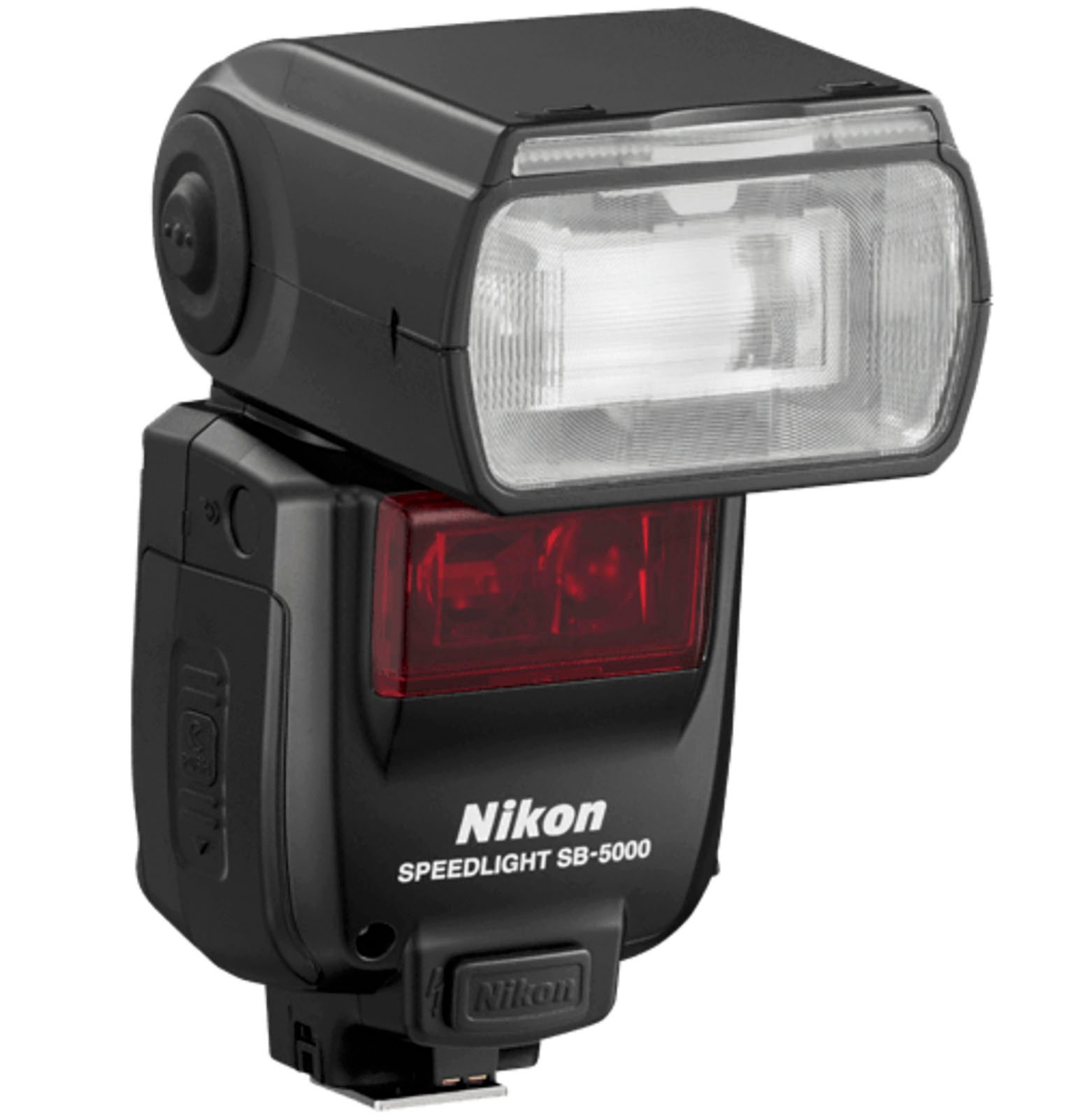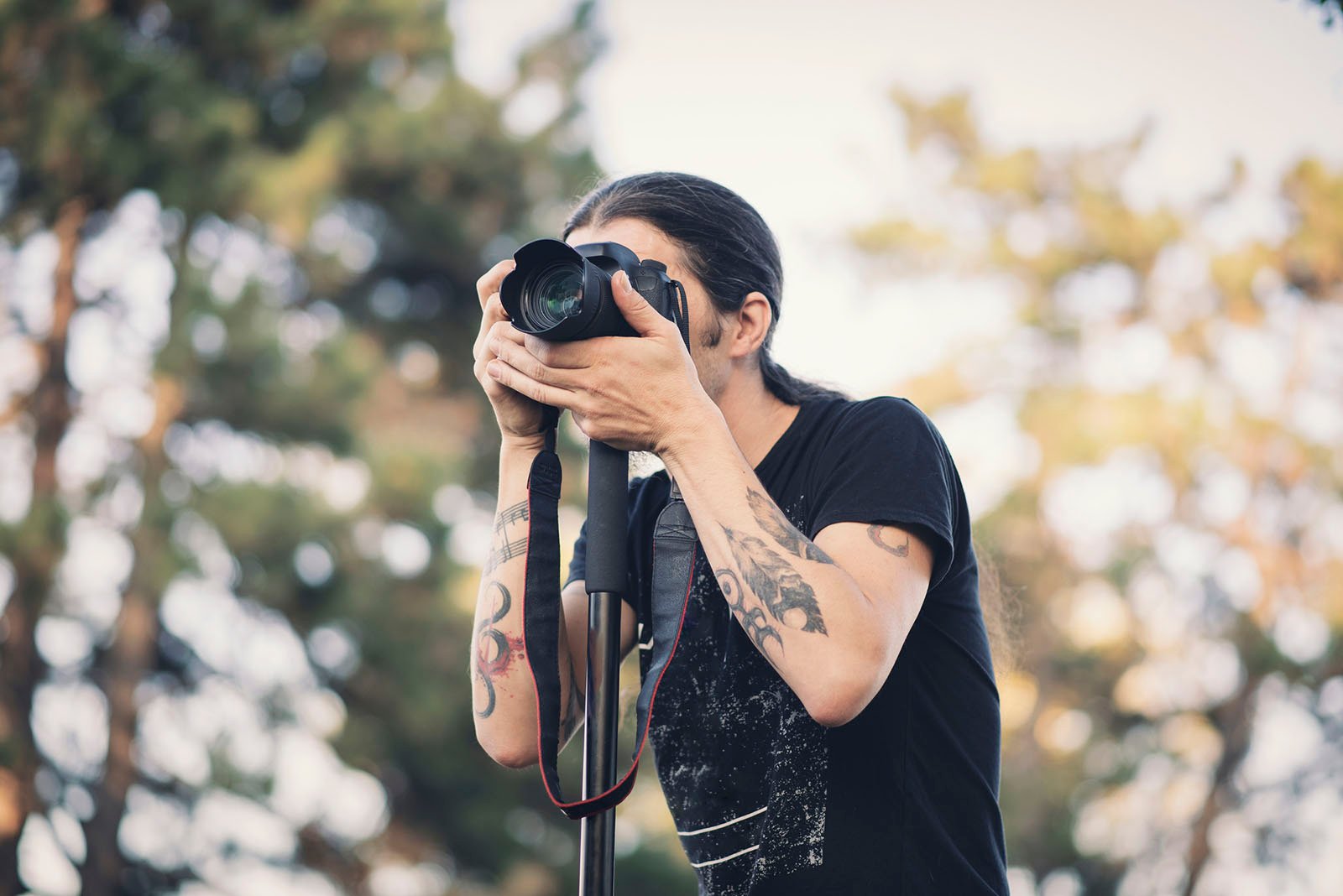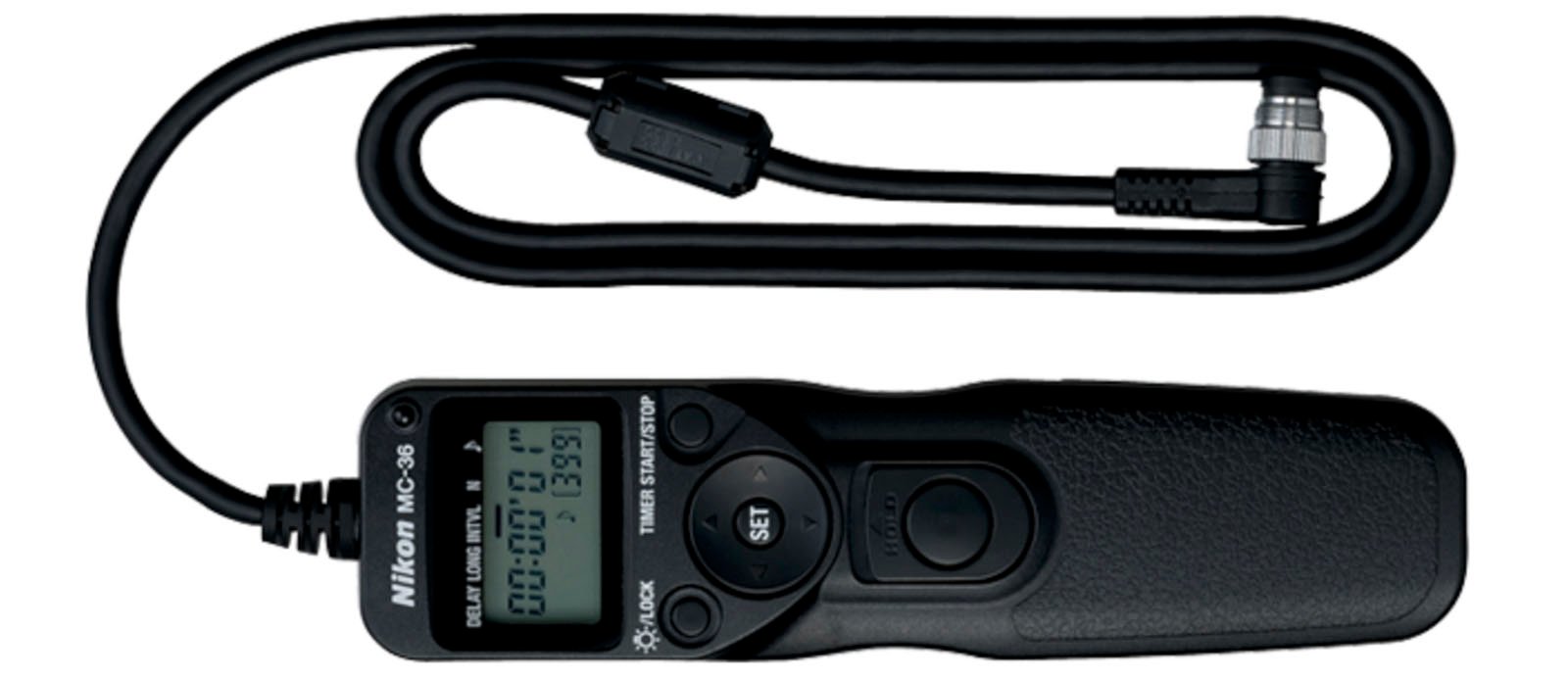The Beloved Photography Gear That Nobody Uses Anymore
![]()
As we wrap up 2023, a year that featured a ton of incredible photography gear that will undoubtedly feature in many a photographer’s kits for years to come, we began to wonder, “What popular photography gear from years past is much less common now?”
PocketWizard: From Ubiquitous to Rare
Our internal discussions kicked off with PocketWizard. Unlike a later entry, the company still exists, and some photographers still use PocketWizard remote triggers as part of their work, including sports photographers. But these radio triggers used to be everywhere, and now, they’re rarely seen. The company’s last major firmware upgrade was in 2019, and even then, the company had lost much of its once-powerful stronghold on the photo industry and new product released had slowed to a trickle.
What happened? A bunch of things. The most significant shift is that many flashes began to include integrated radio-triggering technology, drastically reducing the need for an external triggering system. PocketWizard products were also costly, and when they were the only major player, that was fine. But cheaper alternatives came along, and PocketWizard suffered greatly, even a decade ago.
Camera Companies No Longer Release Many First-Party Flashes
Relatedly, first-party flashes are also much less common these days for reasons similar to the dramatic downfall of Pocket Wizard. Affordable, feature-rich third-party lighting options have undoubtedly affected camera makers. Brands like Godox, Nissin, and Profoto, among many others, have supplanted camera companies in the strobe space.
For example, in Nikon’s DSLR days, the company frequently released new SB speedlights. Nikon’s current flagship speedlight, the SB-5000, launched in 2016. Coincidentally, it was also Nikon’s first flash to include an integrated radio trigger.

Canon announced a new speedlight, the EL-5, over a year ago. It was the company’s first flash for the EOS R system, arriving a few years after the original EOS R camera.
First-party flashes may matter quite a bit to Sony shooters soon, though, as the company’s upcoming a9 III camera can sync flash at any shutter speed, assuming the flash is up to the task.
Lighter Lenses, Better IBIS, and Improved High ISO Performance Has Turned the Monopod into the Dodo
The lengthy transition to mirrorless camera systems has also impacted another former staple of many photographers’ kits — the monopod. As mirrorless cameras and their lenses get smaller and lighter and in-body image stabilization improves, a monopod is no longer the vital stability accessory it once was, at least for photography. PetaPixel‘s Jordan Drake loves using monopods for video work.

Another factor is the incredible high ISO capabilities of modern image sensors. It used to be that photographers had to be very mindful of their ISO, which, of course, affected the usable shutter speed range. There is no longer any issue with cranking ISO up to 6,400, 12,800, or even higher on many cameras, meaning that shutter speeds can stay higher, and camera shake is much less of a concern.
Between lighter lenses, better camera stabilization, and improved ISO performance, the only photographers who still use monopods are people working with 400mm f/2.8 and 600mm f/4 lenses, which themselves are becoming less common in the age of super-light, compact telephoto lenses with slower apertures.
As Cameras Get More Features, External Accessories Lose Value
Advances in camera technology and features have also spelled the end of external intervalometers, at least for most photographers. Photographers who wanted to do timelapse work or stack a bunch of consecutive images once needed expensive, specialized cable release triggers and intervalometers, like the nearly $200 Nikon MC-36 I used regularly for astrophotography.

Now, most cameras include sophisticated intervalometer functions built right into the menus. As for the camera shake-reducing benefits of a remote release, there are apps for that now. A cable release is overkill for many modern digital shooters outside of some exceptional use cases or when using an older camera.
Cameras have also integrated electronic levels, kicking another old standby in my backpack to the curb — a hot shoe bubble level. The helpful lines on mirrorless cameras are easy to take for granted now, but there was a time when cameras had nothing of the sort. Years ago, the best way to avoid crooked horizons was to use some bubble level, either on a tripod head or on the camera itself. And yes, despite what are essentially foolproof features, I still sometimes capture a crooked photo. You can lead a horse to water, right?
Bigger and Better Memory Cards Killed Gnarbox
Advances in memory card technology have also changed “must-have” camera gear. Current memory cards feature staggering capacities measured in terabytes, not megabytes and gigabytes.
Readers may remember Gnarbox, a now-dead company that promised mobile downloading, viewing, and photo backup. Current cards are so voluminous and affordable that they can themselves be a means of backing images up in the field.
Obsolescence is in the Eye of the Beholder
To be clear, plenty of compelling reasons exist to use any of the equipment we discussed. If something is helpful for you, it is not obsolete; it is a vital part of your toolkit.
However, that doesn’t change the fact that there are accessories that have gone from “essential” to “barely ever seen” for various reasons, primarily because the need for particular gear has been reduced due to advances in camera technology.
Disclosure: The featured image was created using generative AI technology.